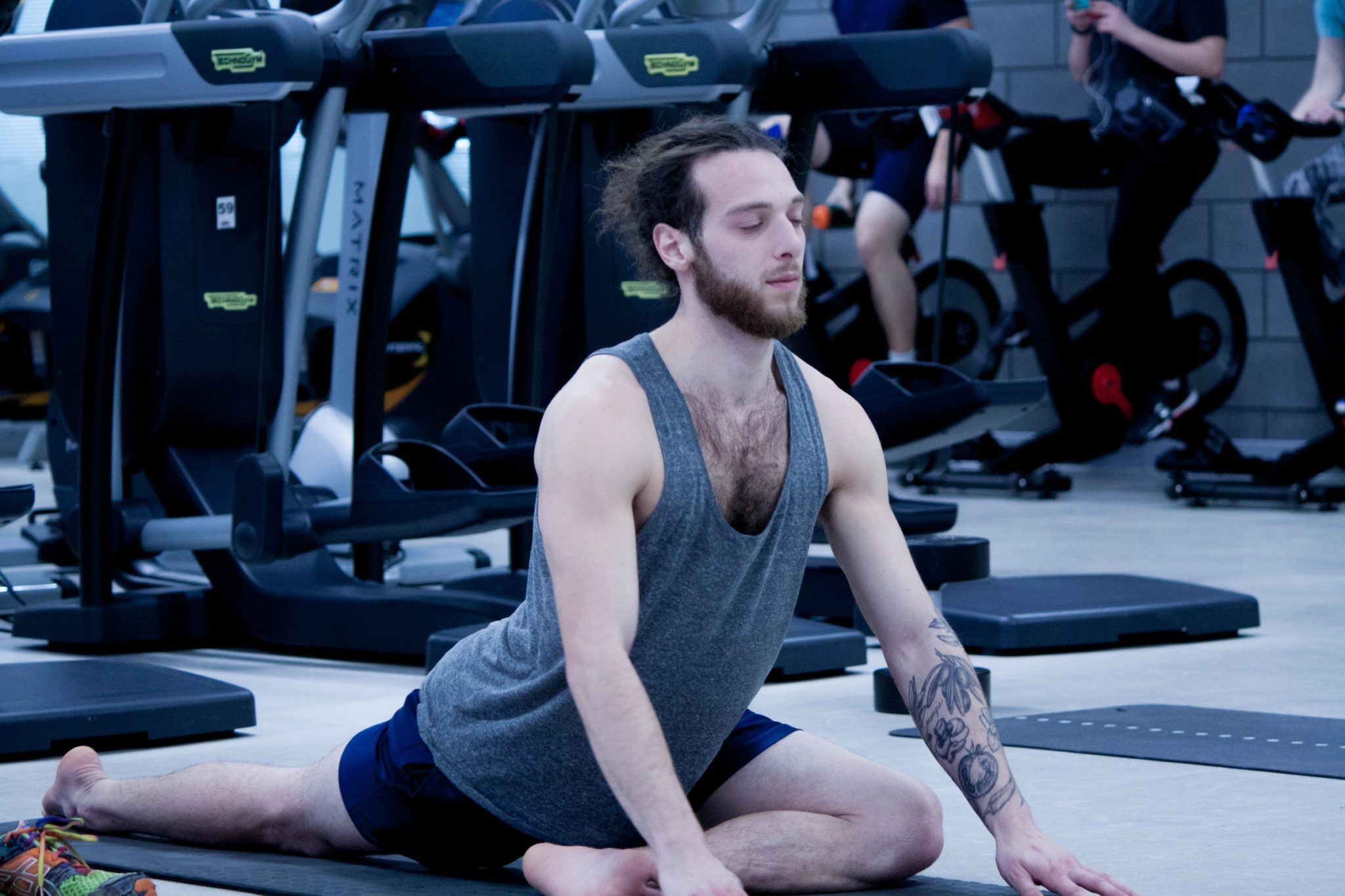Content
ToggleNormally, our minds are in a state of worry which causes an almost constant internal dialogue. Instead of meditating we obsess and think deeply about the same ideas. This type of thinking can be called “monkey mind,” “narrative mind,” “wandering mind,” or as the psychologist Vicente Simón calls it, “reflective mind.” In contrast we also have the “working mind,” which produces solutions, solves problems and focuses on the present moment; this is the mind that works, as opposed to the mind that worries.
Simon defines meditation as a process that extends overtime which aims to “calm the mind to see clearly.” During meditation we must be present in order to see reality in a clear and full sense.
Meditation is an ancient practice that is a part of almost all religions and cultures in the world. This practice was derived from various branches of Buddhism. It has slowly been incorporated into the secular world as a way of promoting relaxation and general well-being.

Many studies on this subject have shown that when meditation is practiced over time, it leads to beneficial physiological changes in the brain. We have compared brain images from expert meditators with those of non-meditators; this has given us a glimpse into the cognitive and emotional benefits that meditation provides and how it promotes a sense of general well-being.
Neuroscientists showed that the adult brain can still be transformed by new experiences through the benefits of meditation. The research revealed that, when we learn new skills, our brain undergoes dramatic changes during a process called neuroplasticity. Research has shown that meditation reorganizes the connections in our brain in order to produce positive health effects, not only in the mind and brain, but in the entire body.
What is meditating?
However, putting aside these descriptions, we must ask ourselves the question: what do we think of when we hear the word meditating? When we speak of meditation, we’re not only referring to focused attention, but also learning basic human qualities such as achieving a more stable and clear mind, finding your emotional balance, a sense of thoughtfulness, and even love and compassion. Meditation will allow you to live in a more serene and flexible way.
In principle, meditation is quite simple and can be done anywhere. No equipment or special clothing is required. During meditation, you begin by adopting a comfortable posture, neither too tense nor too relaxed. You should be mindful about your goals, here’s are a few examples of objectives you may pursue during meditation: to achieve self-transformation, to improve the well-being of others or to ease suffering. The next step is to stabilize your mind. In order to control your mind, you must free it from automatic thoughts and internal confusion.
Buddhism developed three of the most common ways to meditate which are now practiced throughout the world:
- Focused attention: aims to control and center the mind in the present moment, while still having the ability to stay alert to distractions.
- Mindfulness: tries to cultivate a mental state that responds in a less emotional way by remaining in the present moment and avoiding uncontrollable emotional spirals which often leads to mental anguish. The meditator should remain alert at all times, without concentrating on just one thing.
- The cultivation of compassion and benevolence: this promotes an altruistic perspective towards others and towards oneself (self-love).

Focused attention
Participants concentrate on the sensation produced by breathing during meditation. While doing this, the mind tends to deviate from it’s objectives and goals. During focused attention, the participant must recognize that it is natural for this to occur and then simply restore their attention back to the gradual rhythm of inhalation and exhalation.
Full attention
The second type of meditation is related to another form of attention: mindfulness, which means being present in the here and now. The power comes when we practice and apply it.
Mindfulness means paying attention in a very deliberate way: thinking in the present moment and without judgment. This type of attention allows us to develop greater awareness, clarity and acceptance of reality. It awakens us so we realize that our lives can unfold in just moments. We must be fully present during the moments in our lives, so that we do not lose what is valuable to us. Being present also makes us realize the possibilities for growth and transformation.
What does it mean to be here and now?
- Contact through our senses, with everything in our surroundings. Look, touch, smell, taste…
- Contact with our body, with our needs…
- Contact with others: listening, letting go of our prejudice, defense mechanisms, and barriers…
- Contact with ourselves, with our wounds, our fears and failures, and our perception of who we are…
- Contact as a transcendent, eternal human being.
And remember that usually we aren’t unaware of most of the things that are happening to us and that we usually act automatically.

Compassion and benevolence
The third form of meditation is to cultivate attitudes and feelings of kindness and compassion towards others, whether it be close relatives, strangers or even enemies. This practice involves understanding the needs of other people and what they’ve experienced (developing empathy.) It helps us develop a sincere desire to help them, alleviate their suffering or even protect them from their own destructive tendencies. People who practice this type of meditation have a greater ability to empathize with others without feeling overwhelmed. This last practice even has another side: self-love and compassion for ourselves.








